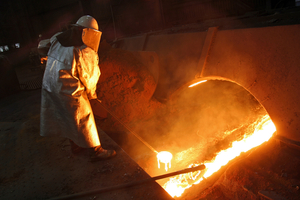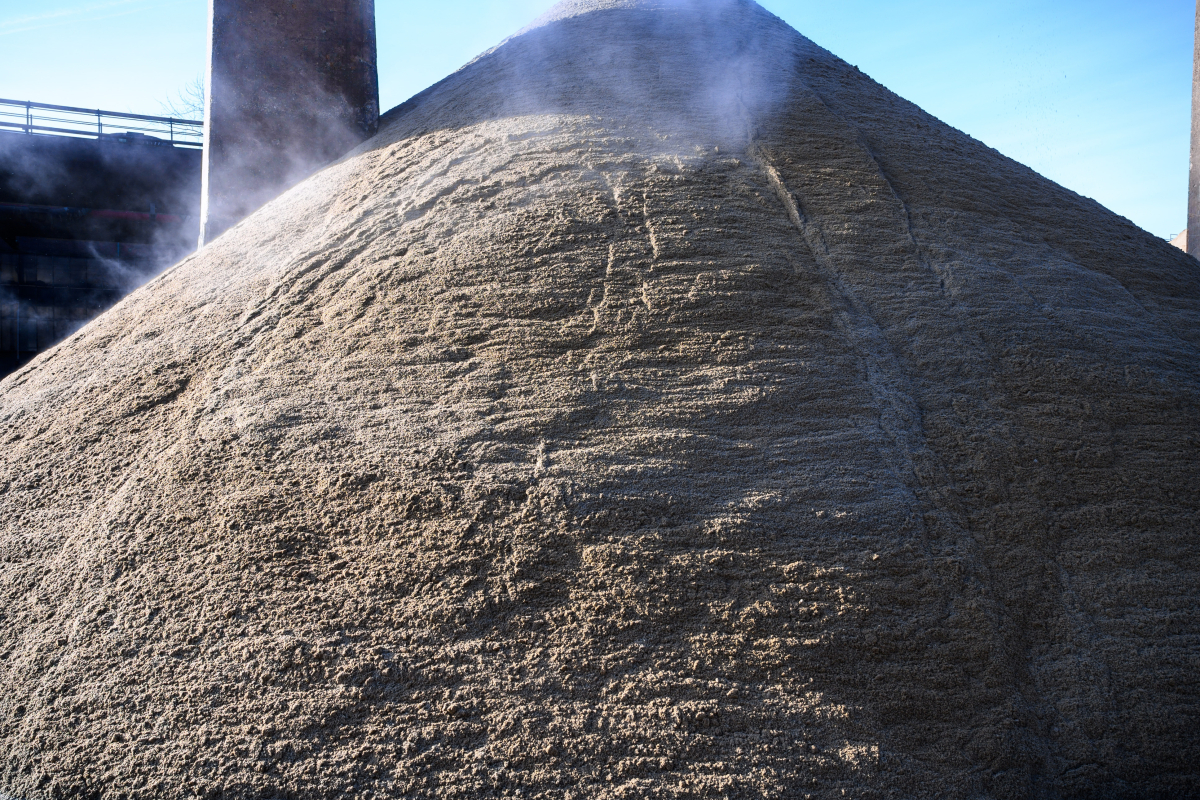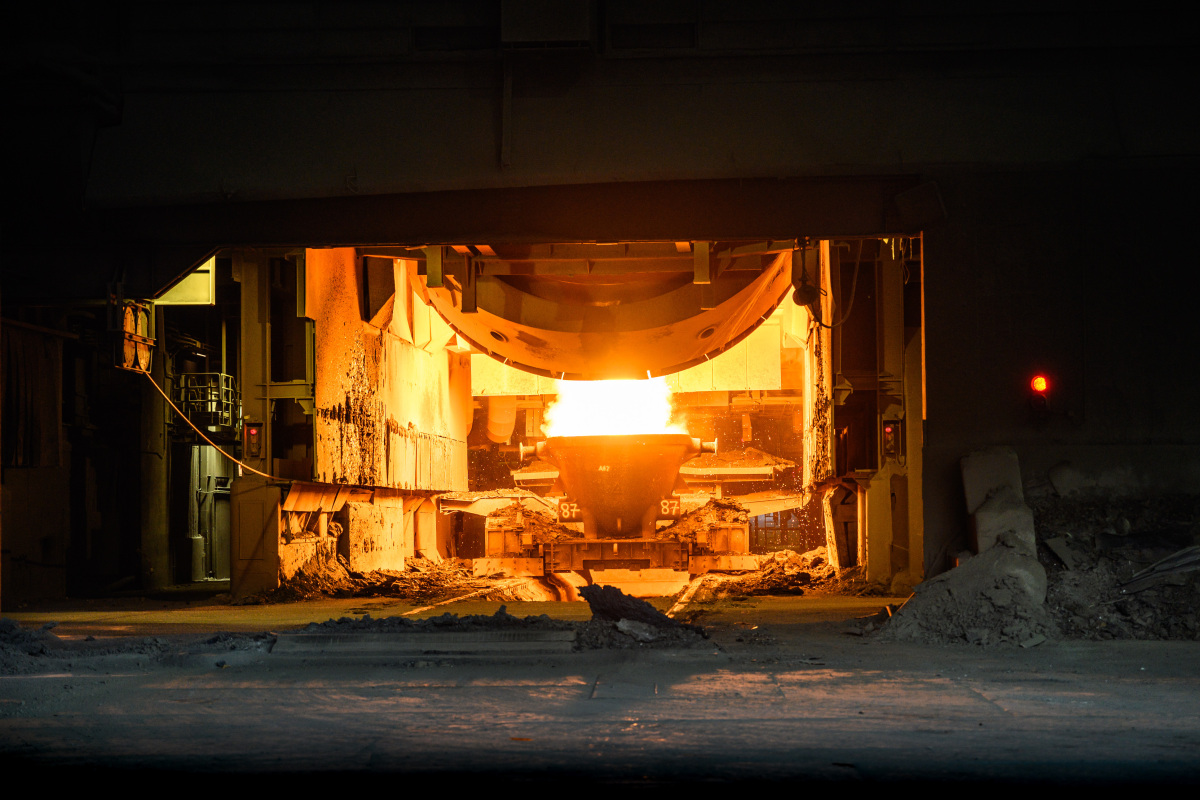Ironworks slag promotes resource conservation and climate protection
11 million t of natural rock and 4.6 million t of CO2 saved in 2024
Despite the continuing difficult economic conditions, the by-products of the steel industry once again made a major contribution to resource conservation, recycling, and climate protection in 2024. Of the total 11.8 million t of ironworks slag produced in Germany, 96% was used in building materials, fertilizers, other applications, and within the plants themselves. This prevented the extraction of 11 million t of natural rock and the emission of 4.6 million t of CO2.
The amount of ironworks slag produced in 2024 consists of 7.1 million t of blast furnace slag and 4.7 million t of steelworks slag. Of this, 11.3 million t were used: 7.1 million t in cement, 2.6 million t for road construction, 0.4 million t in fertilizers, 0.8 million t internally within plants, and 0.4 million t for other applications.
The by-products of steel production thus replaced a total of over 1.1 billion t of natural rock between 1949 and 2024: 420 million t through the use of granulated blast furnace slag in cement, 631 million t through the use of aggregates as building materials, and 87 million t through the use of converter lime in fertilizers. In addition, the substitution of Portland cement clinker with granulated blast furnace slag in cement resulted in 197 million t less CO2 emissions during this period.
Thomas Reiche, Managing Director of FEhS – Institute for Building Materials Research, which collects the data annually: “The figures for 2024 once again impressively confirm that iron slag is a high-quality secondary raw material that conserves resources and protects the climate. As the steel industry undergoes transformation, we must do everything we can to ensure that these valuable by-products continue to be used extensively in the future. We will only succeed in this if, in addition to the enormous contribution made by science and research, politicians also consistently improve the framework conditions for the use of secondary raw materials. Corresponding proposals, which we have formulated together with other industry associations and companies, have already been addressed to the regulatory institutions.”




